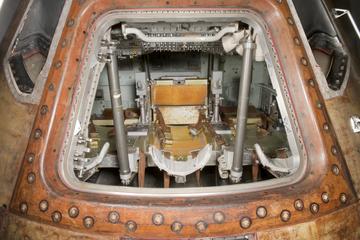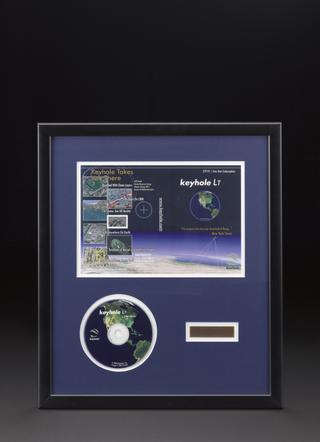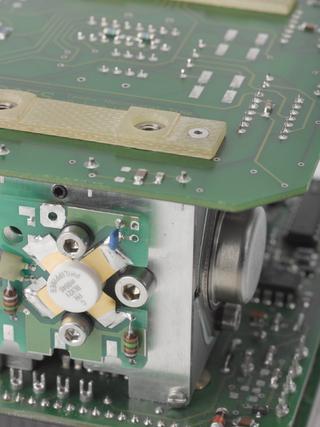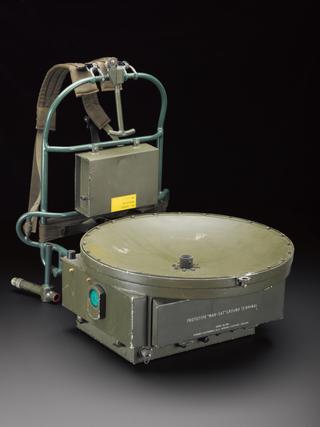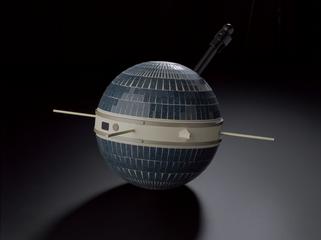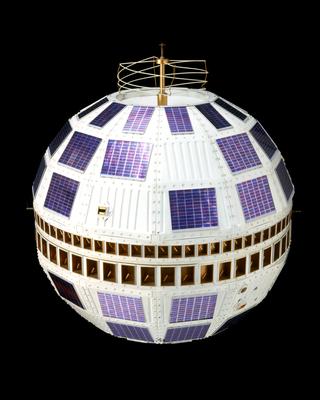
























Main parachute in bag from Soyuz descent module TMA-19M, Soyuz TMA-19M descent module, S.P. Korolev Rocket and Space Public Corporation “Energia”, Russia, 2015. This parachute deployed during the TMA-19M flight to land its three cosmonauts, Yuri Malenchenko, Tim Kopra and Britain's Tim Peake, safely in Kazakhstan on 18 June 2016.
Parachutes are perhaps one of the most important pieces of equipment needed for landing. Parachutes slow down the rate at which a descent module plummets when re-entering the Earth's atmosphere. The Soyuz TMA-19M parachute is a whopping 25 metres in diameter - as wide as an Olympic sized swimming pool! The large surface area of a parachute catches air which creates drag, ultimately slowing the descent module to a far safer landing speed. For this flight, the usage of a parachute reduced the descent speed from 287 km/h to 22 km/h - a far safer speed.
The TMA-19M flight was the 128th Soyuz flight. It transported a crew of three to the International Space Station in December 2015. One of the three crew members was Tim Peake. The Soyuz TMA-19M fight was Peake’s first and (so far) only space flight. After spending a total of 185 days, 12 hours and 18 minutes (roughly 6 months) on the ISS, the crew returned to Earth, landing in Kazakhstan on 18 June 2016.
Details
- Category:
- Space Technology
- Object Number:
- 2016-558/2
- type:
- parachute
- credit:
- S.P. Korolev Rocket and Space Public Corporation “Energia”
